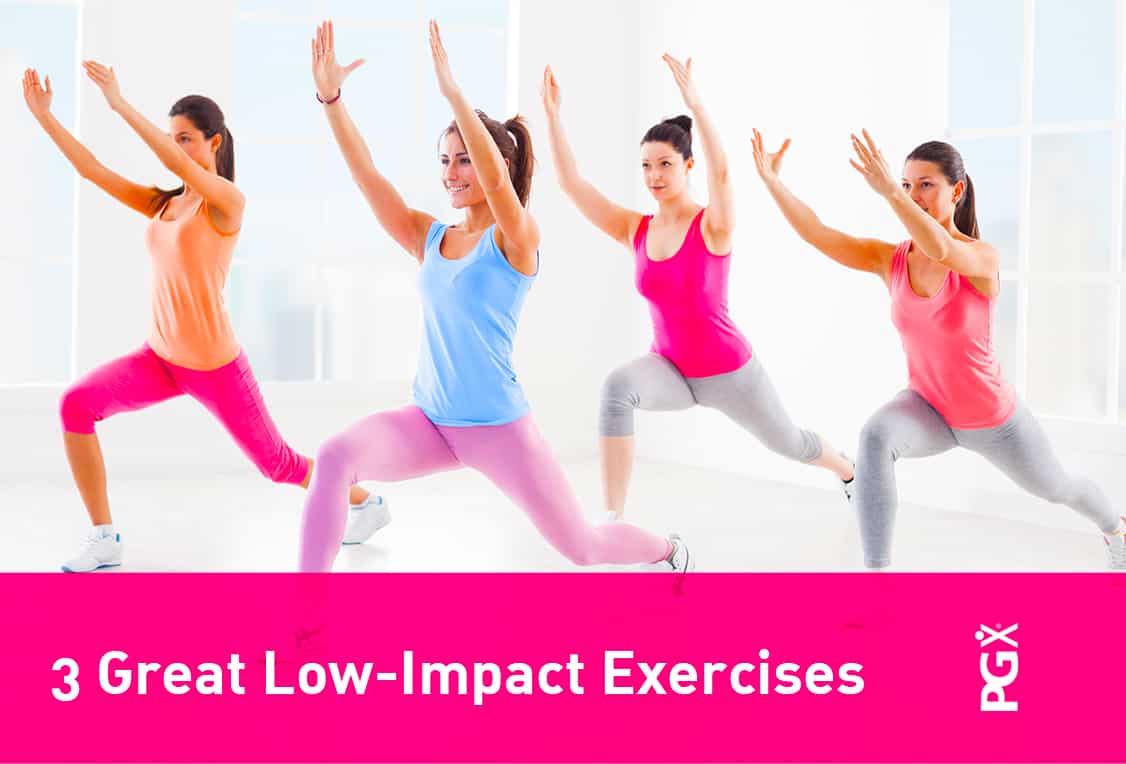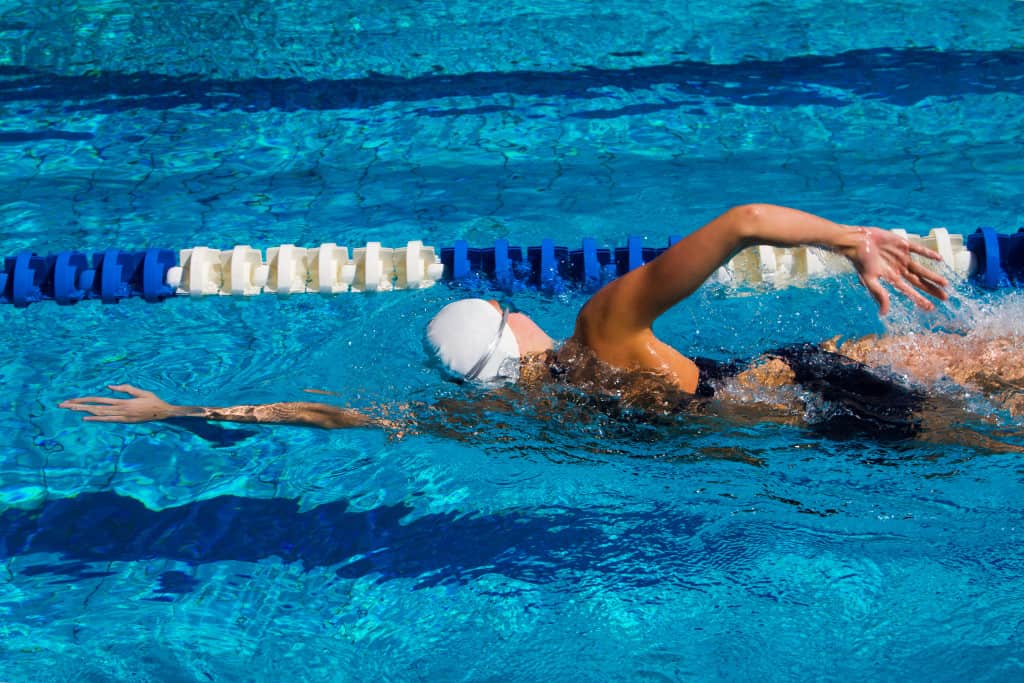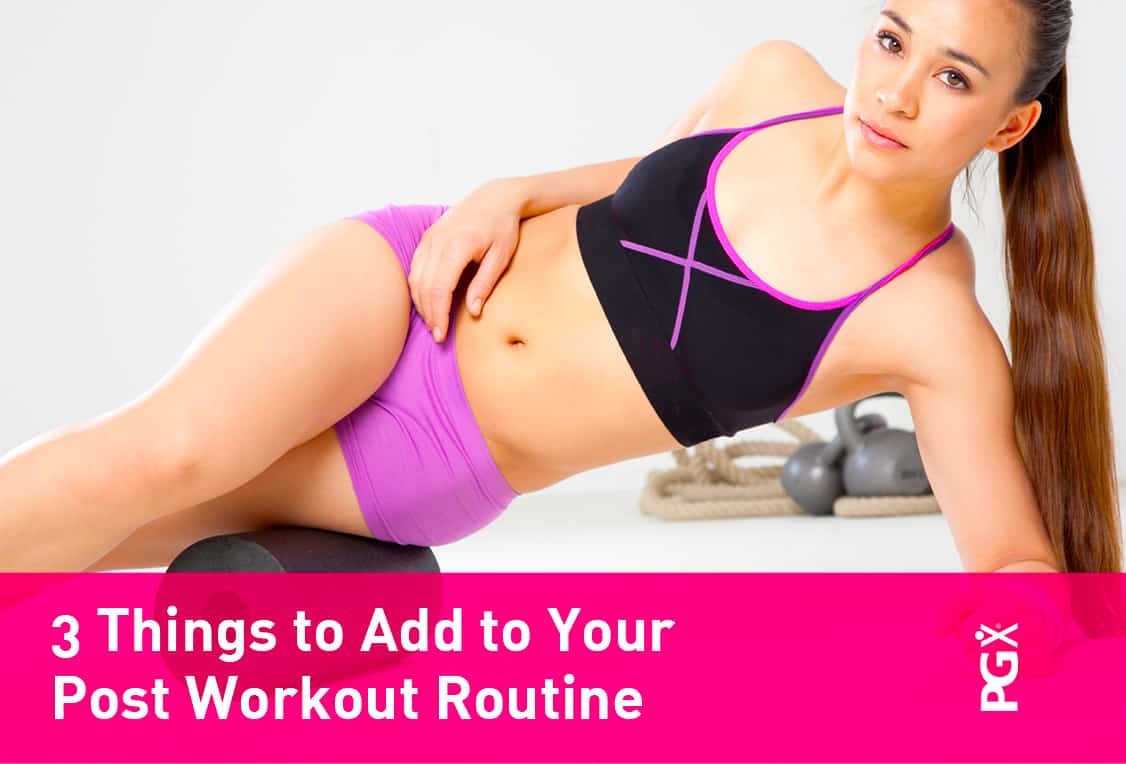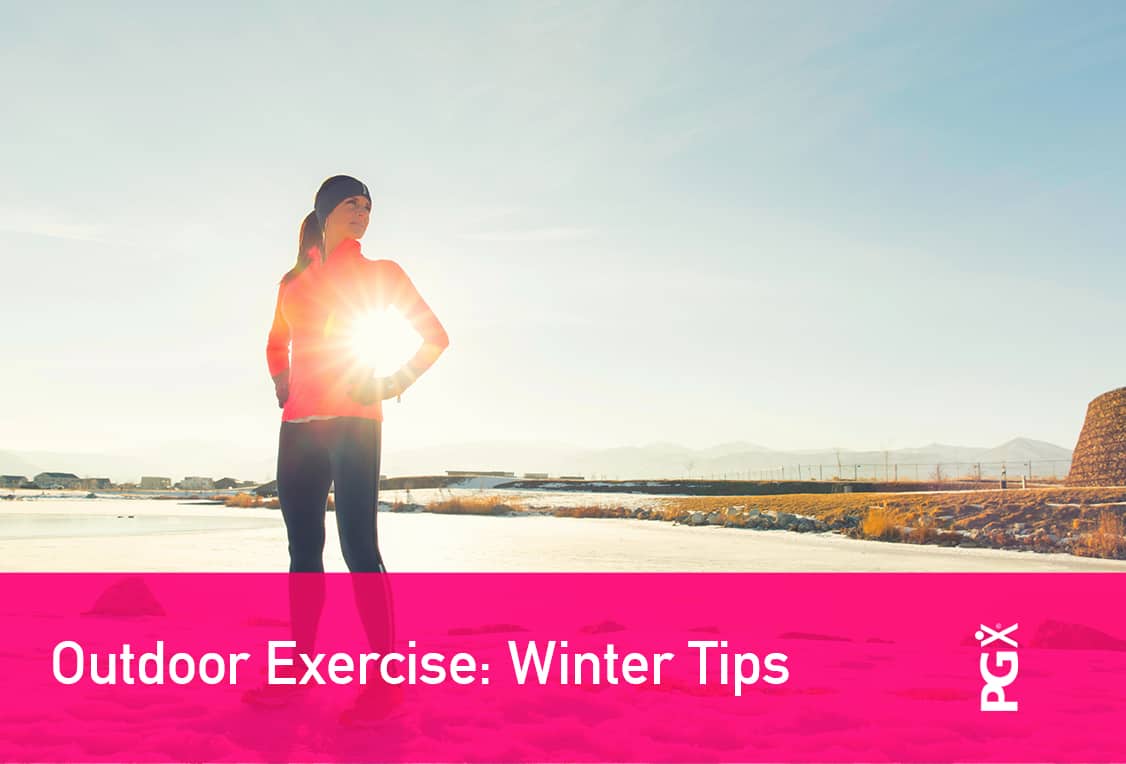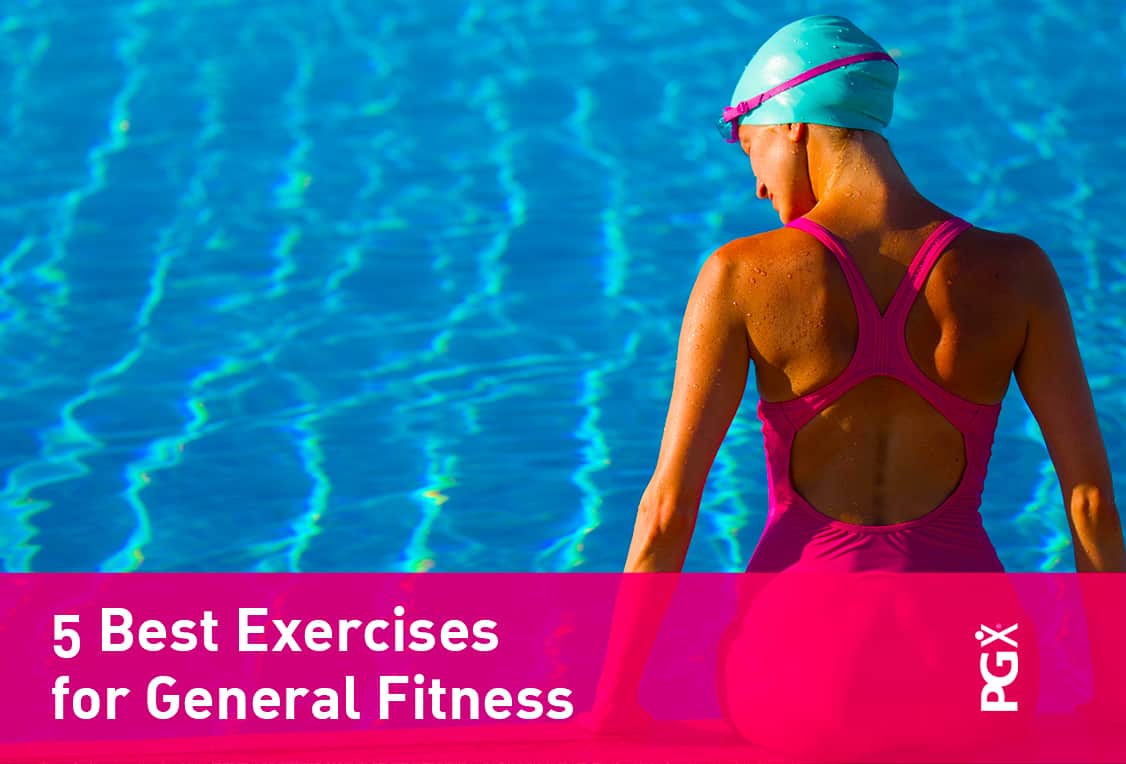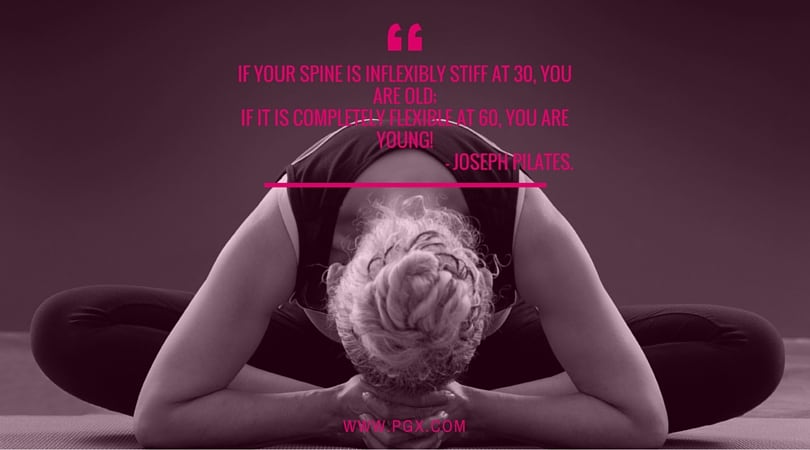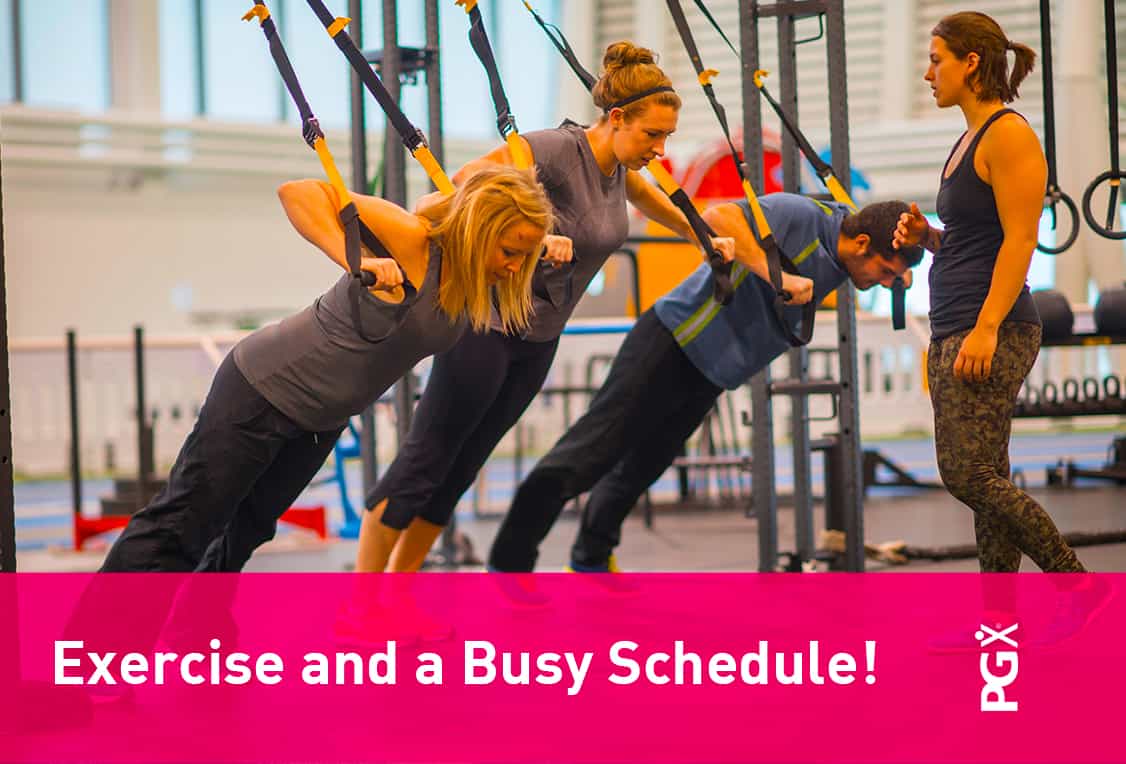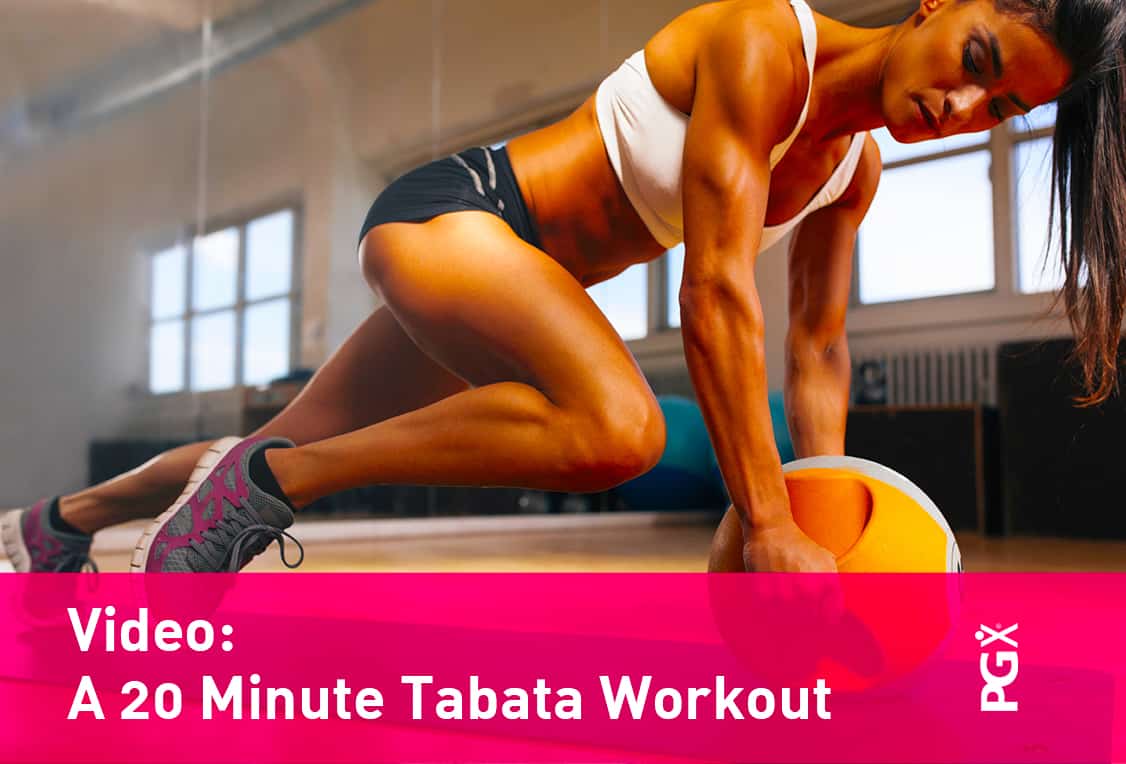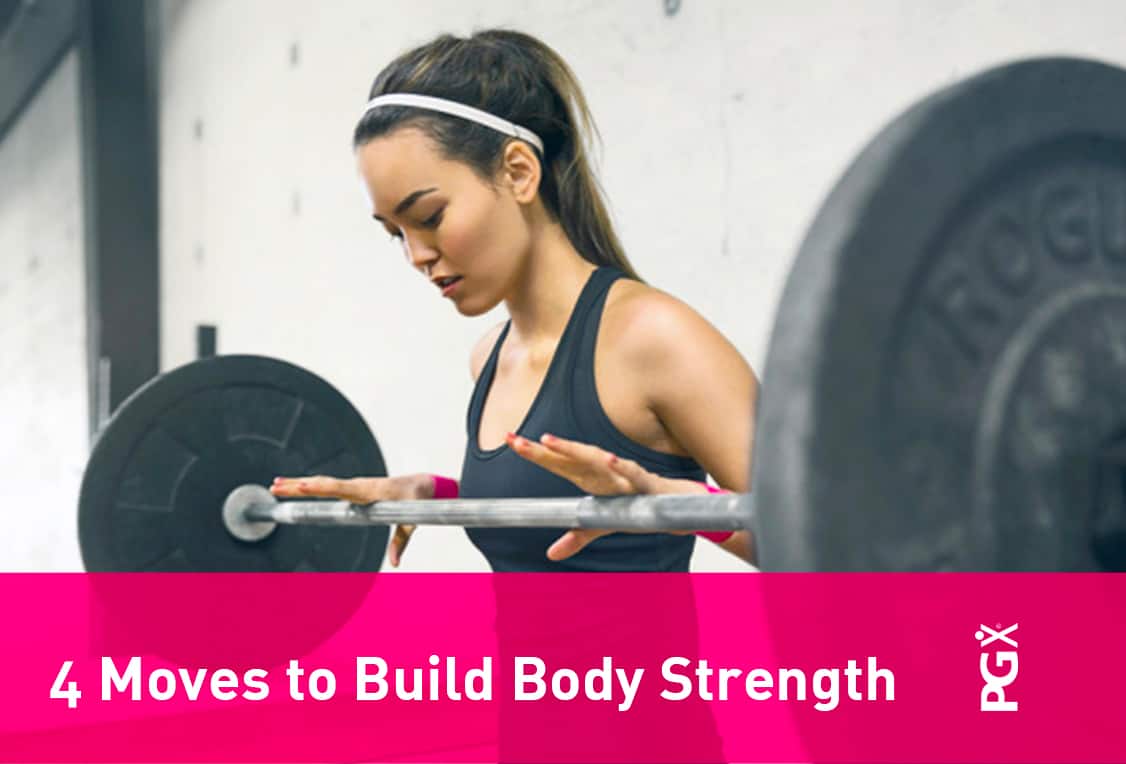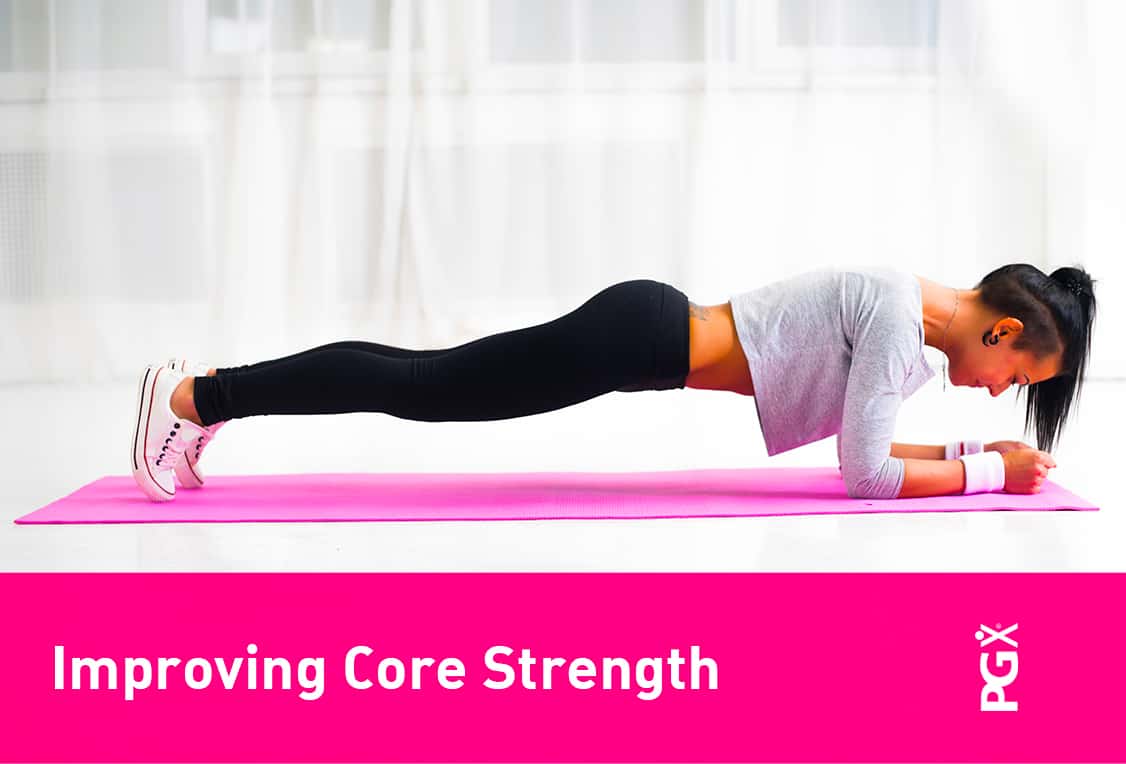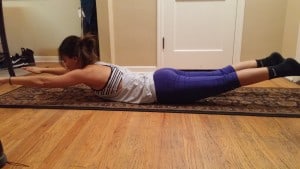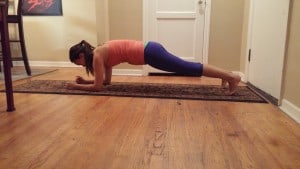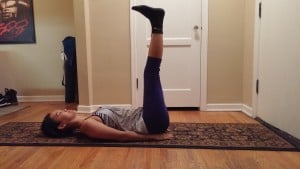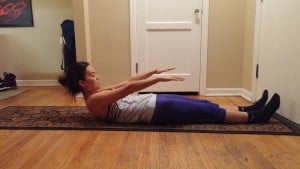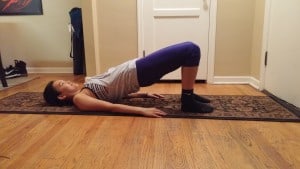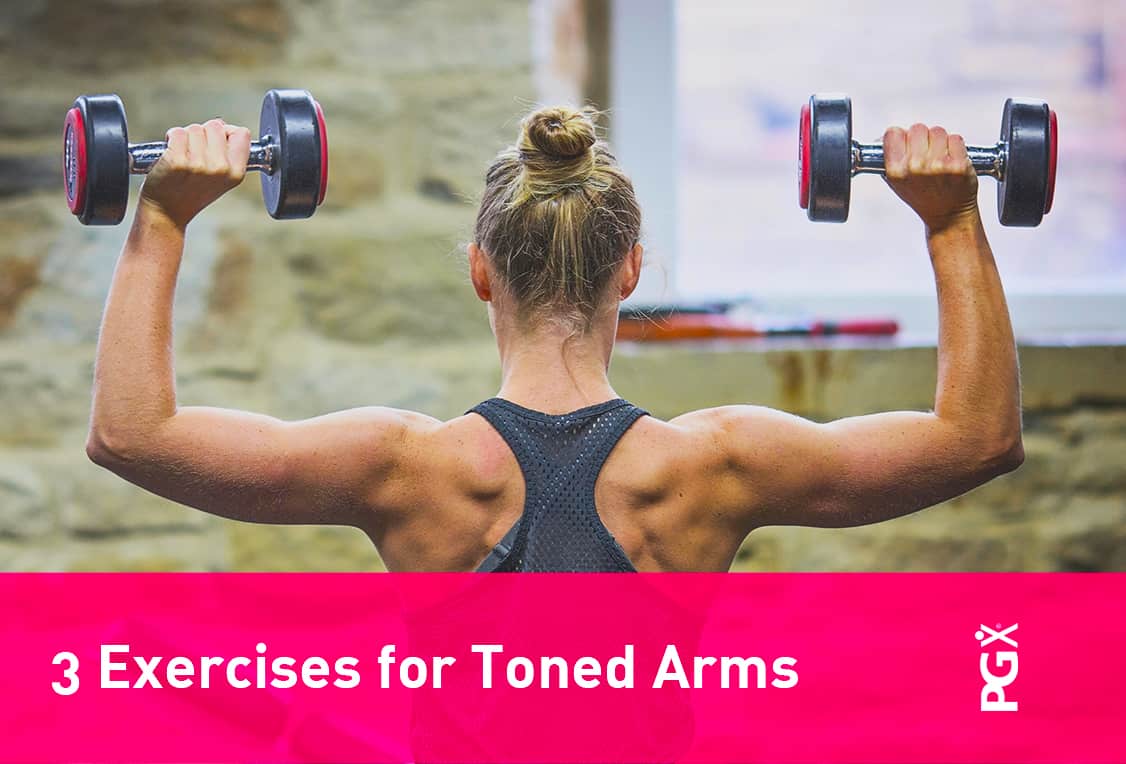
Arm day – one of my favourite days of the week! Think about it, our arms do a lot for us. They lift up heavy things (including carrying your kids), they push the grocery cart, and they pull that rope in an epic tug-of-war battle! As we age, we begin to lose muscle mass – in fact, by the time we turn 80, we have lost about 40% [1]! Strengthening your arm muscles is vital, not only to maintain tone but to assist in the activities of day to day life.
Here are three great exercises for toned arms:
1. The Bicep Curl to Shoulder Press
The biceps are muscles found on the front part of your upper arm. When your bicep contracts, it bends the arm at the elbow. The bicep muscle attaches to the shoulder joint, which is one reason why conjoining a bicep curl with a shoulder press is a fluid exercise and wonderful arm toning exercise. Strengthening your biceps and shoulders help with any pulling and overhead movement.
The Execution
Start with a dumbbell weight you can comfortably lift 15 times. As you progress, you will be able to add more weight and do fewer reps. We are going to start off with 15 reps at a moderate weight.
Start with both arms at your side. Keep your elbows by your sides (don’t let them come forward). The bottoms of your hands (when gripping the weights) will point toward the ceiling as you curl/bend your arm to about 30 degrees. At this time, you can bring your arms into a shoulder press position and press the weights straight up. Once you are done with your shoulder press, bring the weight back towards your starting point to begin the bicep curl again. It should be one fluid motion.
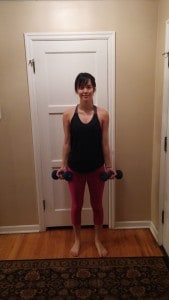
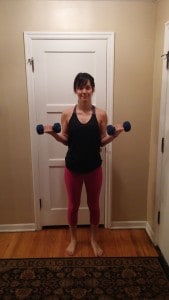

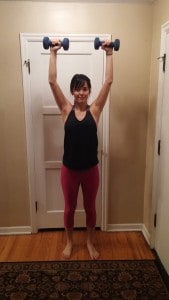
2. The Push-Up
Push-ups are a great arm toner that also uses other muscle groups, like your core. Being able to perform this exercise in a hotel room, on the top of a mountain, or just hanging out at home, make push-ups a convenient, effective arm exercise you can do anywhere!
When you start to master push-ups you can execute multiple variations, such triceps push-ups and push-ups with a back row. But for now, we’re going to focus on how to do a simple push-up.
The Execution
Start on your hands and knees with your fingers spread. Make sure your wrists are placed straight under your shoulders, with your knees under your hips. Extend one of your legs straight back and rest your weight on your toes, then do the other. Your body should be in a straight line. Keep the muscles in your core and your glutes tight – don’t let your back sag! Keep your neck in line with your spine. Bend your elbows and lower your body towards the ground, then push yourself back up without locking your arms. Once you get back to your starting point, begin the exercise again until exertion.
You can always find a way to modify push-ups if you need to. For example, you can execute this exercise while on your knees instead of your toes.
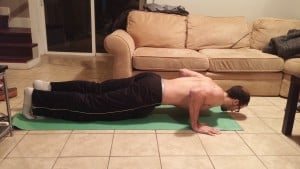
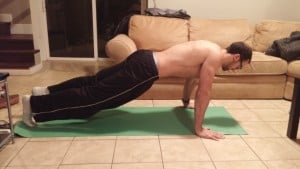
3. The Triceps Pushdown
One of my favorite muscles to workout is the triceps! This muscle can be found behind your arm closest to your shoulder, with their main mission being to extend the elbow [2]. Daily movements that use your triceps are shooting a basketball, throwing a ball and lifting bags of groceries out of the cart.
Exercising your triceps can get pretty specific as they aren’t the biggest muscle in your body. Triceps pushdowns are a winner in my book!
The Execution
In a gym setting, find the high pulley cable machine and attach a straight bar or the rope attachment. Adjust the cable to the setting closest to the top of the machine. The weight you set should allow you to do 12-15 triceps pull-downs with proper form. Keeping your elbows right at your sides, hold onto the straight bar or the rope and without moving your elbows, slowly pull it down towards your thighs. Once you’re at extension, slowly go back to your starting position.
Take a look at this demonstration of a triceps pushdown.
These three arm-strengthening exercises are sure to help you tone and strengthen those arm muscles!
References:
[1] Feature, Tom Valeo, WebMD. “Exercises for Biceps and Triceps.” WebMD. WebMD, n.d. Web. 12 Dec. 2015. [2] Cespedes, Andrea. “What Do Strong Triceps Help With?” Healthy Living. Azcentral, n.d. Web. 12 Dec. 2015.
